Almost half of the world’s human population lives in coastal areas, and associated coastal development has significantly degraded or destroyed many coastal ecosystems. Burgeoning human populations and rising sea levels only further constrain the availability of habitat that coastal species depend on.
California’s 1,100 mile coast has more than 200 threatened, endangered or rare species living in coastal habitats. There are hundreds of coastal estuaries that provide critical rearing habitat for marine species, and are also important for recreation, water filtration, and carbon sequestration.
Only 10 percent of California’s historic coastal wetlands remain. Without intervention, we are at risk of losing 40 percent of our remaining coastal wetlands to sea level rise over the coming decades. Conservancy scientists are working to reverse these trends.
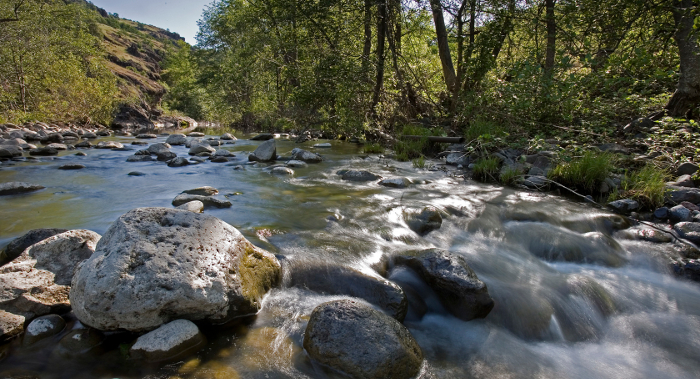
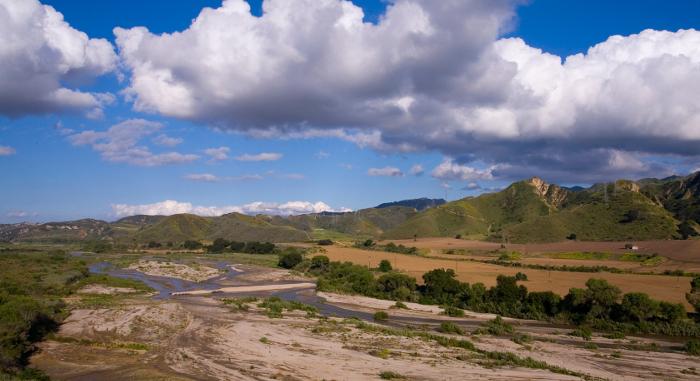
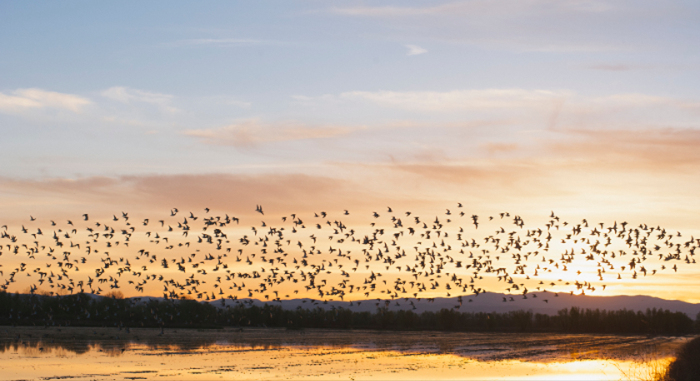
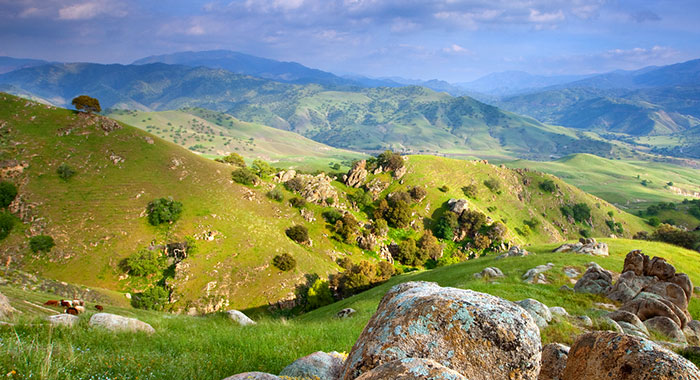

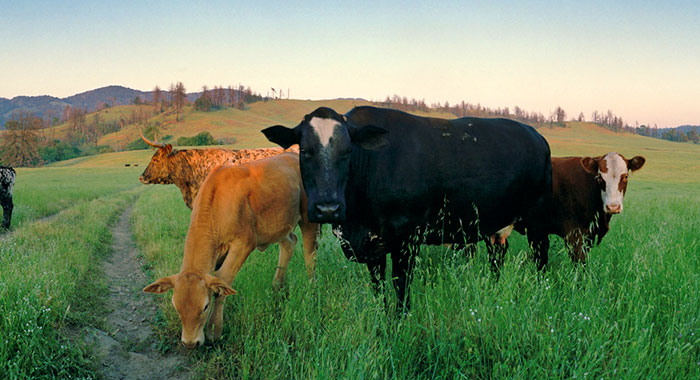
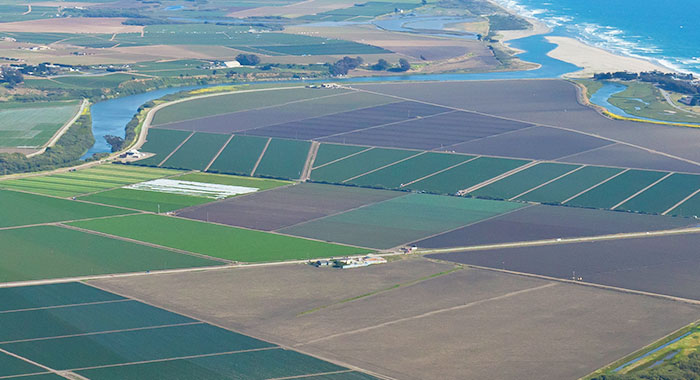

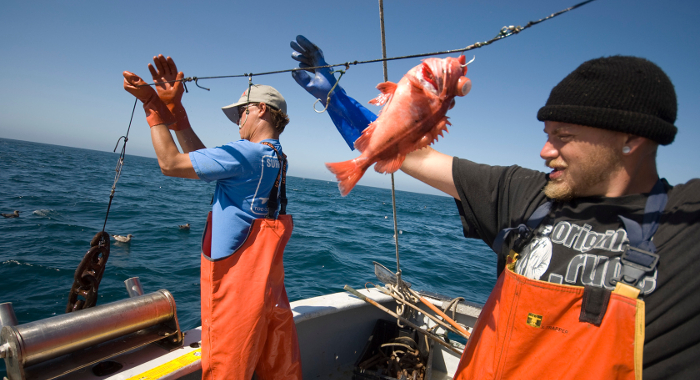
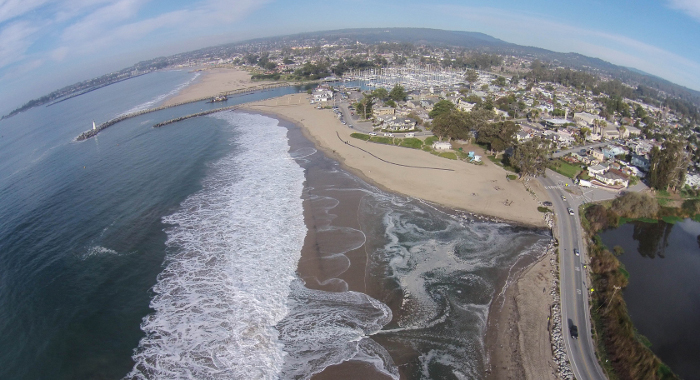
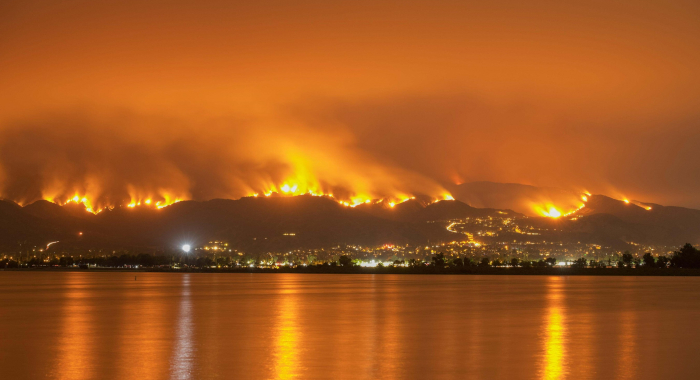
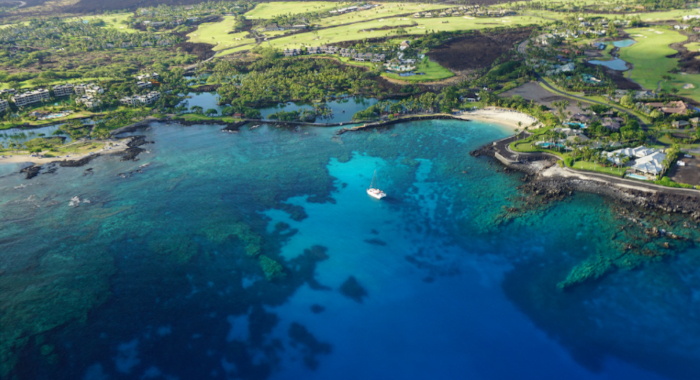
Shaw, M.R., L. Pendleton, D.R. Cameron, B. Morris, D. Bachelet, K. Klausmeyer, J. MacKenzie, D.R. Conklin, G.N. Bratman, J. Lenihan, E. Haunreiter, C. Daly, P.R. Roehrdanz
As the climate warms, changes in ecosystems will impact human communities and livelihoods. This paper, together with a California Energy Commission Scenarios Report of the same name, explores the…Jordan Golinkoff, Mark Hanus, Jennifer Carah
The voluntary carbon market is a new and growing market that is increasingly important to consider in managing forestland. Monitoring, reporting, and verifying carbon stocks and fluxes at a project…Walter M. Boyce, Winston Vickers, Scott A. Morrison, Scott Sillett, Luke Caldwell, Sarah S. Wheeler, Christopher M. Barker, Robert Cummings, William K. Reisen
As West Nile virus invaded the mainland southern California coast in 2003 there were widespread die-offs of certain species of bird. Corvids (e.g., jays, ravens, crows) were especially susceptible.…Sarah S. Wheeler, Stanley Langevin, Leslie Woods, Brian D. Carroll, Winston Vickers, Scott A. Morrison, Gwong-Jen J. Chang, William K. Reisen, Walter M. Boyce
Concerns about the spread of West Nile virus in North America and the high mortality it causes in corvids have led managers to consider vaccination as a strategy to proactively protect free-ranging…Klausmeyer, K. R., M. R. Shaw, J.B. MacKenzie, D.R.Cameron
This analysis provides an approach for distilling complex climate and landscape data into actions land managers can take to help plants and animals adapt to a changing climate. Based on historical…SA Morrison, KR Faulkner, LA Vermeer, L Lozier, MR Shaw
Eradication programs are complex undertakings that require comprehensive multidisciplinary planning and nimble adaptive implementation. This paper discusses the preparation that went into the most…A Saunders, JP Parkes, A Aguirre-Munoz, SA Morrison
Tremendous advances over recent decades in eradication of invasive species on islands raise the question whether there are now opportunities to further increase the pace and scale of that work. This…Cameron, D., K. Klausmeyer, J. Mackenzie, G. Low, L. Provencher
Climate change will impact plants and animals across the state, and conservationists are often unaware of the best way to address this threat. While much of the land in the Northern Sierra is public…Kirk Klausmeyer, Dan Olstein, Terri Schulz, Robin Cox, Sasha Gennet, Jason MacKenzie
While the literature and guidance on traditional conservation planning methods is extensive, there are few case studies on methods for incorporating climate change into conservation planning efforts.…Mary Gleason, Sarah Newkirk, Matt Merrifield, Jeanette Howard, Robin Cox, Megan Webb, Jennifer Koepcke, Brian Stranko, Bethany Taylor, Mike Beck, Roger Fuller, Dick VanderSchaaf, Jena Carter
While significant progress has been made over the past few decades in improving estuarine water quality, restoring wetland habitats, and incorporating estuarine habitats into managed areas, estuarine…G.H. Golet, T. Gardali, J.W. Hunt, D.A. Koenig, N.M. Williams
Most assessments of ecological restoration success track a single type of species over a single season. This study explores the limitations of such studies by examining how birds, rodents, bees…Stralberg, D., D. Cameron, M. Reynolds, C. Hickey, K. Klausmeyer, S. Busby, L. Stenzel, W. Shuford, G. Page
This analysis provides the first comprehensive overview of the specific habitats used by 42 different migratory waterbird species throughout California. The authors reveal important gaps in…John M. Randall, Sophie S. Parker, James Moore, Brian Cohen, Laura Crane, Bill Christian, Dick Cameron, Jason B. Mackenzie, Kirk Klausmeyer, Scott Morrison
Regional conservation planning is critical to inform land and resource use decisions. The Mojave Desert Ecoregional Assessment represents an important advance in such planning, because of how its…Susan Antenen , Dick Cameron, EJ Remson, Jason MacKenzie, Jim Gaither, Sophie Parker, Zach Principe, with Southern Sierra Partnership
This collaborative conservation assessment, characterizes the biodiversity, ecosystem services, ownerships, and land uses in the Southern Sierra and Tehachapi Mountains, and assesses threats to…